Surfing is hard to learn. Being a bigger person can make it even harder. Make sure you understand these surfing tips for bigger people to make the most of your time in the water!
Surfing is physically demanding and requires coordination and balance. Heavier people may have a harder time balancing on the surfboard. That doesn’t mean that bigger people can’t learn to surf.
There are lots of larger people who surf, so don’t be discouraged. It just takes a little extra effort. Follow these surfing tips for bigger people and you’ll be catching waves in no time!
1. Choose the right surfboard
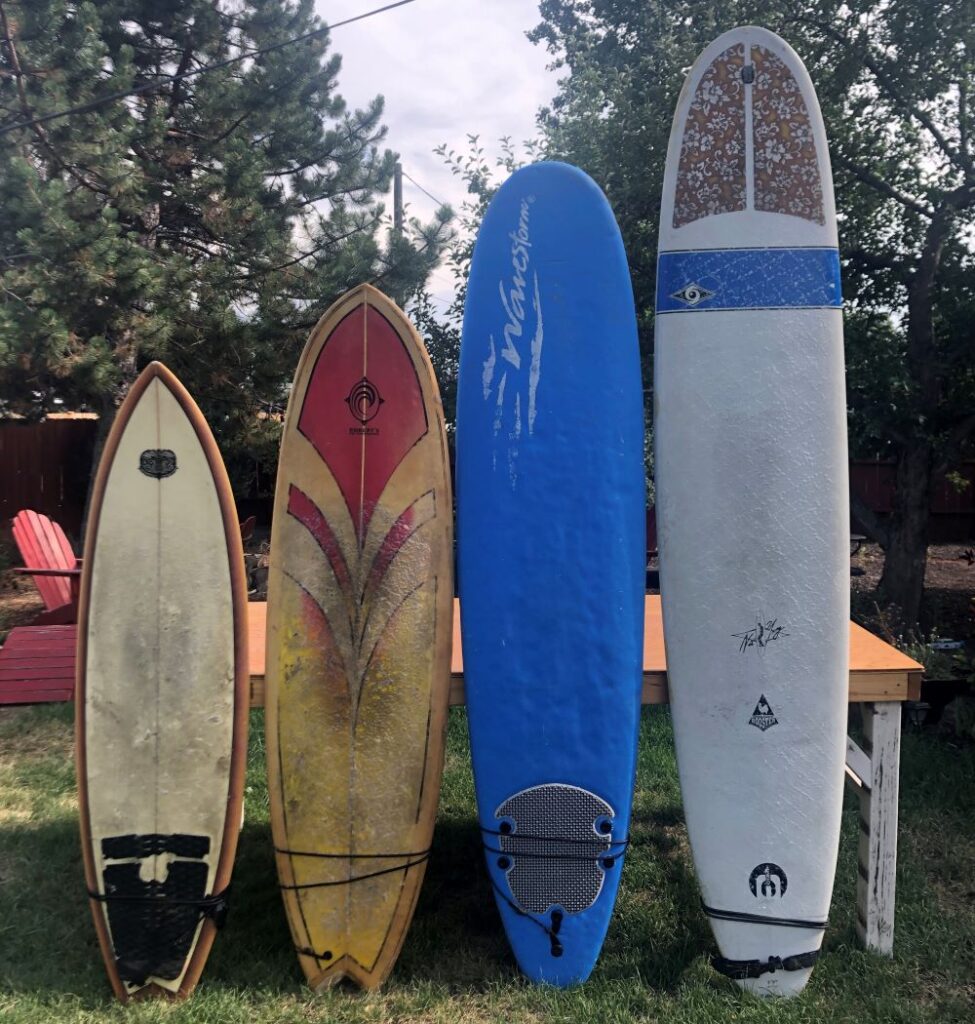
One of the most importing surfing tips for bigger people is choosing the right surfboard. For bigger surfers, it can be more challenging to choose a suitable surfboard because an increased weight makes it harder to balance.
In general, use shape and volume as guides to select the style of surfboard you want based on your skill level and types of waves near you. Check out the best surfboards for bigger surfers.
Surfboard volume is important for bigger surfers
Typically, higher volume is better for bigger surfers because the surfboard is more buoyant and therefore easier to balance on.
See the table below for the recommended surfboard volume and length based on surfer weight for beginner longboards. Use this as a recommendation and not the final determination.
| Weight (lbs) | Length (ft, in) | Minimum Volume (liters) |
| 170 | 9’0” | 70 |
| 190 | 9’3” | 78 |
| 210 | 9’6” | 86 |
| 230 | 9’9” | 92 |
| 240 | 10’ | 100 |
| 260+ | 10’ | 108 |
If you are a beginner, learn more about choosing the right surfboard for beginners. In that article, I cover important concepts to understand when looking for a surfboard as a beginner.
For intermediate and advanced surfers, recognize that simply increasing volume may not be the best for all surfboard styles. For example, to increase the volume of a 6-foot shortboard and preserve the same length, the shape of the board must change. This can impact the board’s performance negatively.
Surfboard shape is important for bigger surfers
For beginners, get a surfboard with a rounded tip, rather than a pointed one, because it is more stable. The wider the surfboard is throughout its entire length, the more stable it will be.
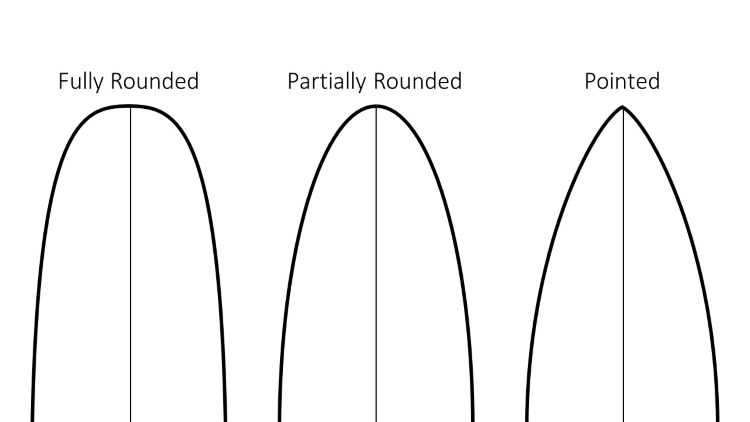
For intermediate and advanced surfers, you are likely looking for a specific style or higher performance longboard. As I said earlier, scaling up the volume and keeping the same length of surfboard may not always be the best solution.
To increase buoyancy, volume should be added in the form of width rather than thickness. This is because volume only contributes to buoyancy when the board is underwater. However, increasing width may reduce maneuverability.
2. Surf during the right conditions
Another one of the most important surfing tips for bigger people is to surf during the right conditions based on your skill level. Bigger surfers, and surfers in general, will struggle in conditions that are not suitable for their skill level or in poor quality conditions.
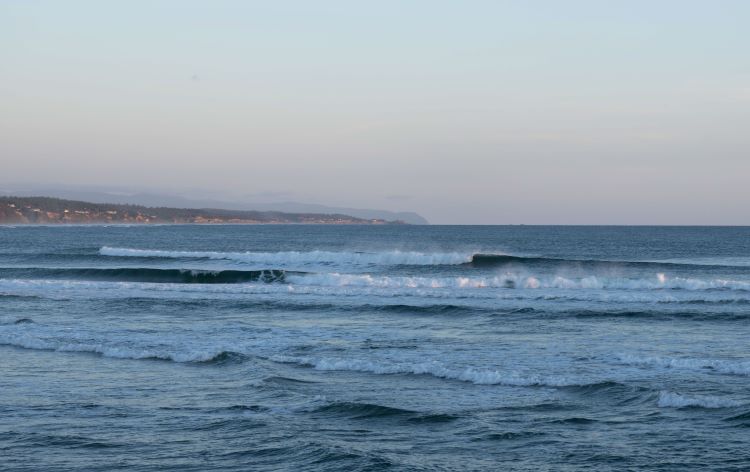
Choose the right conditions as a beginner surfer
If you are a beginner, make sure you know how to read a surf forecast. As a beginner, look for waves that are 2 to 3 feet high and a period of 7 seconds or higher. Surf on a day when the wind is low (less than 10 miles per hour).
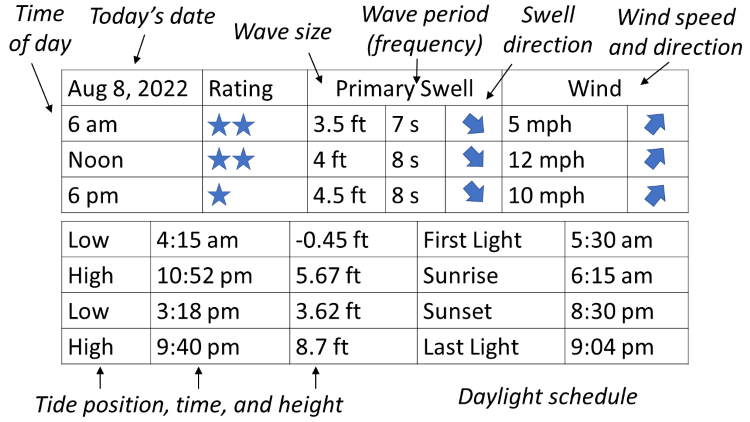
Some surf spots are great for beginners, and some should be avoided. Learn how to choose a surf spot suitable for beginners. Familiarize yourself with local surf spots near you. Ask other surfers what spots and conditions are best for beginners.
Choose the right conditions as an intermediate or advanced surfer
If you are an intermediate or advanced surfer, consider what type of waves you surf. Are they steep and fast or mushy and slow? The types of waves will significantly influence what types of surfboards will perform best for those conditions.
If the waves are steep and fast, you’ll want to use a smaller surfboard. Ideally, choose one you can duck dive with when paddling out to the break. In contrast, longer surfboards are better for slow and mushy waves.
Typically, beach breaks produce mushy waves more often than reef breaks, which tend to produce steeper waves. If you don’t know already, learn more about your local surf spots.
3. Improve paddling technique
Paddling is a big part of surfing. Bigger people may have more difficulty paddling because a larger portion of the surfboard is underwater. For this reason, it is important to paddle as efficiently as possible.
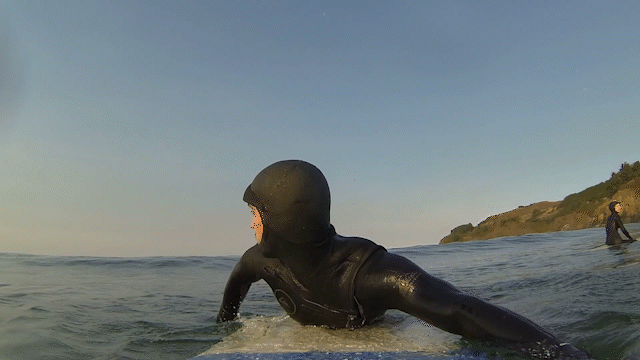
To improve your paddling technique, make sure you engage your back muscles to lift your head and shoulders up away from the board. Keep your fingers together and hand muscles tight. Keep your feet together. Practice in your living room!
4. Focus on your pop up
The pop-up is one of the hardest parts of surfing. It can be hard for bigger people to pop up quickly so it’s even more important that you dial in the motion. Practice on land. In one motion, jump your front foot up close to your hands and your back foot a bit behind.
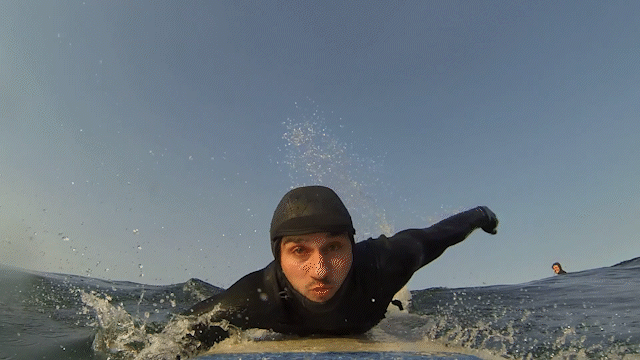
Pay attention to your weight distribution on the surfboard. You should be pretty much in the middle of the surfboard when you catch a wave. However, you can slow down by shifting weight to the back and speed up by shifting to the front. The shape of the wave and the type of surfboard you use will affect your position on the board.
Angle your takeoff with the wave to give yourself more time to pop up. Do some research about how to angle your take off.
5. Train for surfing
Surfing is physically demanding. Surfing is a full body workout, but it does target specific muscle groups like your shoulders, back, and core. Shoulders and back are needed for paddling and the core is needed for popping up.
Look up specific workouts to train for surfing. Yoga is great for strength and balance. Cardio and stamina are also important for extending your sessions.
6. Know your limits
Be aware of your abilities and limitations. This is important for all surfers. While you can and should push yourself to improve, always stay safe. Don’t put yourself in a dangerous situation. Read more about how to surf safely and avoid dangers.
7. Stay motivated
Surfing is hard. Don’t give up when it gets challenging. Instead, lean into the adventure! Learn more about how to stay motivated while learning to surf.
A large part of staying motivated while learning to surf is by setting goals and celebrating your achievements! Try to learn something new each time you go surfing.
Hopefully you found these surfing tips for bigger people helpful. I know learning to surf can be discouraging, but it really is about the adventure and not the destination. Have fun and keep trying!
Heads up! Surfing is awesome but it can be dangerous! Learn more about how to stay safe and avoid dangers while surfing. If you are a beginner surfer, check out my other articles about surfing and my ultimate guide to learning how to surf.


![Best longboard surfboards [2023] – all skill levels surfer with surf hat](https://mindfulladventure.com/wp-content/uploads/2022/10/surf-hat-crop-1000-270x180.jpeg)




